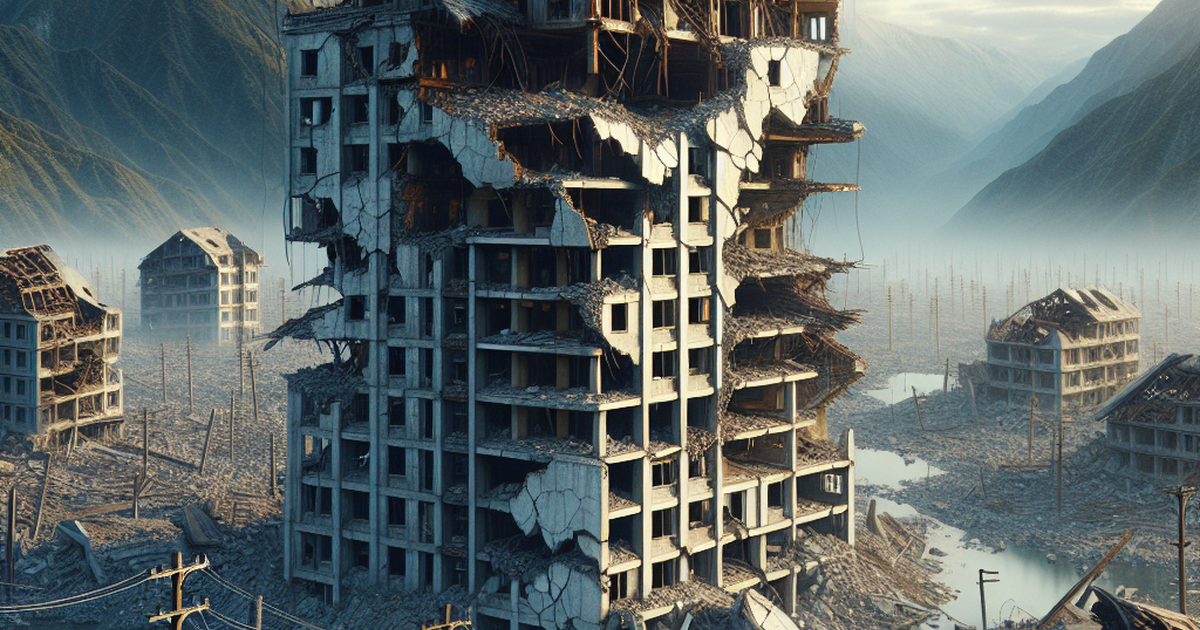FAQ on Seismic Vulnerability Assessment in Dir City, Pakistan

Summary
What is the main focus of the study?
The study focuses on assessing the seismic vulnerability of buildings in Dir City, Pakistan, using a modified rapid visual screening (RVS) approach to identify structures at risk during earthquakes.
Why is Dir City particularly vulnerable to seismic events?
Dir City is vulnerable due to its location in Seismic Zone III and the prevalence of non-engineered, old buildings constructed by local masons without adherence to modern seismic resistance standards.
How was the seismic vulnerability assessment conducted?
The assessment was conducted through a rapid visual screening survey of 100 randomly selected buildings using a modified FEMA data collection form, assigning scores based on characteristics affecting seismic resistance.
What types of buildings were included in the study?
The study included residential, commercial, government, and religious buildings, with diverse structural configurations such as unreinforced masonry, confined masonry, stone masonry, and reinforced concrete frames with unreinforced masonry infill.
What recommendations are made to improve seismic resilience in Dir City?
Recommendations include enforcing stricter building regulations, retrofitting vulnerable structures, regular inspections, community education on seismic resilience, and financial incentives for structural improvements.
What role do residents play in improving seismic safety?
Residents are encouraged to seek professional seismic evaluations, invest in retrofitting, comply with seismic resistance standards for new buildings, and participate in community preparedness activities.
Where can I find more information about the study?
More information can be found in the study published in the Journal of Dynamic Disasters, accessible via the DOI:10.1016/j.jdd.2025.100018.
What are the next steps suggested for researchers?
Researchers are encouraged to conduct in-depth studies on retrofitting methods, material performance, slope stability, and the impact of retrofitting measures, as well as explore modern technologies like seismic isolation systems.

This story is based on an article that was registered on the blockchain. The original source content used for this article is located at 24-7 Press Release
Article Control ID: 152354